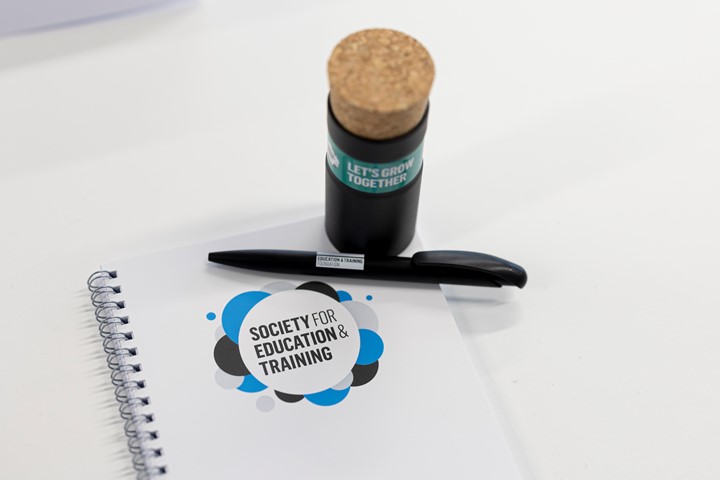Top ten tips for new teachers to gain classroom control
Gillian Harvey, a secondary school teacher and former Head of English, shares her insights on classroom behaviour management.
As a newly qualified teacher at the age of 22, I found myself in front of a class made up almost entirely of 16-year-old boys, most of whom seemed twice my size and whom you might describe as ‘reluctant learners’. It was clear I was going to have to think outside the box to ensure I had sufficient classroom presence.
After some time, I found the answer lay less in shouting threats until I was hoarse, and more through appearing as though I was completely in control. Appearing confident on the outside not only helps with initial classroom behaviour management, but also creates a feeling of inner confidence – the adage ‘fake it ’til you make it’ has truth at its heart.
Here are my top ten tips to help new teachers gain control in the classroom:
1. Greet students at the door
Rather than allow students to flood into your room the minute the bell rings, greet pupils at the door with a confident “good morning”. In addition, you may want to suggest students sit in designated seats. This will establish how they are entering your space, and that you are very much in charge.
2. Save your shout
Whilst the voice is a valuable tool for any teacher, it should be used wisely. Not only does raising your voice leave you with nowhere else to go if it doesn’t work, it also shows the class you’re feeling threatened. Use silence – a mid-sentence pause – to gain attention; lower your voice or use direct eye contact to let a student know they’re on your radar. Raise your voice only on occasion and watch the impact.
3. Be consistent
Outline at the start a code of behaviour you expect your pupils to adhere to, and emphasise the benefits for them – for example, better results, a more positive environment, a wider variety of learning activities. Always take action when a student crosses a line – even if they’re usually well behaved. Students will soon pick up on any inconsistencies and exploit them.
4. Learn names as soon as possible
With several classes to teach per week, teachers can sometimes have more than 200 names to remember. Learning students’ names quickly is a positive way to show your authority. Being able to bark a name across a class to reprimand a wayward student is a quick, simple way of taking action. You’re not going to pick them up overnight, but try to memorise a few names during each lesson.
5. Make eye contact
When all eyes are on you, it’s tempting to focus on a neutral spot in the distance, or stare at an on-screen projection, but ensure you make regular eye contact with pupils as you speak. This sends the unconscious message that you feel confident and in charge.
6. Adopt an open stance
When we feel threatened, we may find ourselves adopting typical defensive stances, such as crossing our arms. Make sure you use gestures, with palms open and facing your class. This shows you are open and gives you more of an in-class presence.
7. Use the whole room
When you’ve got a challenging class, it’s tempting to teach from behind your desk, rather than use the whole room. Sometimes, if little clusters of reluctant learners develop, ‘no-go’ areas can be created, so keep mobile, making sure you teach from all areas and remain in control of the room.
8. Dress for success
Whilst some institutions have a dress code, most teachers are allowed free reign over what they wear. However, particularly if you’re young enough to blend in with pupils, it’s important to establish difference. Wearing smart, business-like clothing to emphasise your status can work wonders. On my worst days, I always dust off my trusty black business suit.
9. Forward thinking
As well as ultimately helping you with classroom-management, projecting a professional, confident exterior is a highly useful habit to adopt for progressing your career. Whatever your age or experience, it will enable you to exude confidence in meetings, interviews and presentations, and when dealing with more senior members of staff.
10. Fake it
My final piece of advice is to put your shoulders back, paste on that smile, and if you don’t feel confident, remember to ‘fake it’ until you do!






